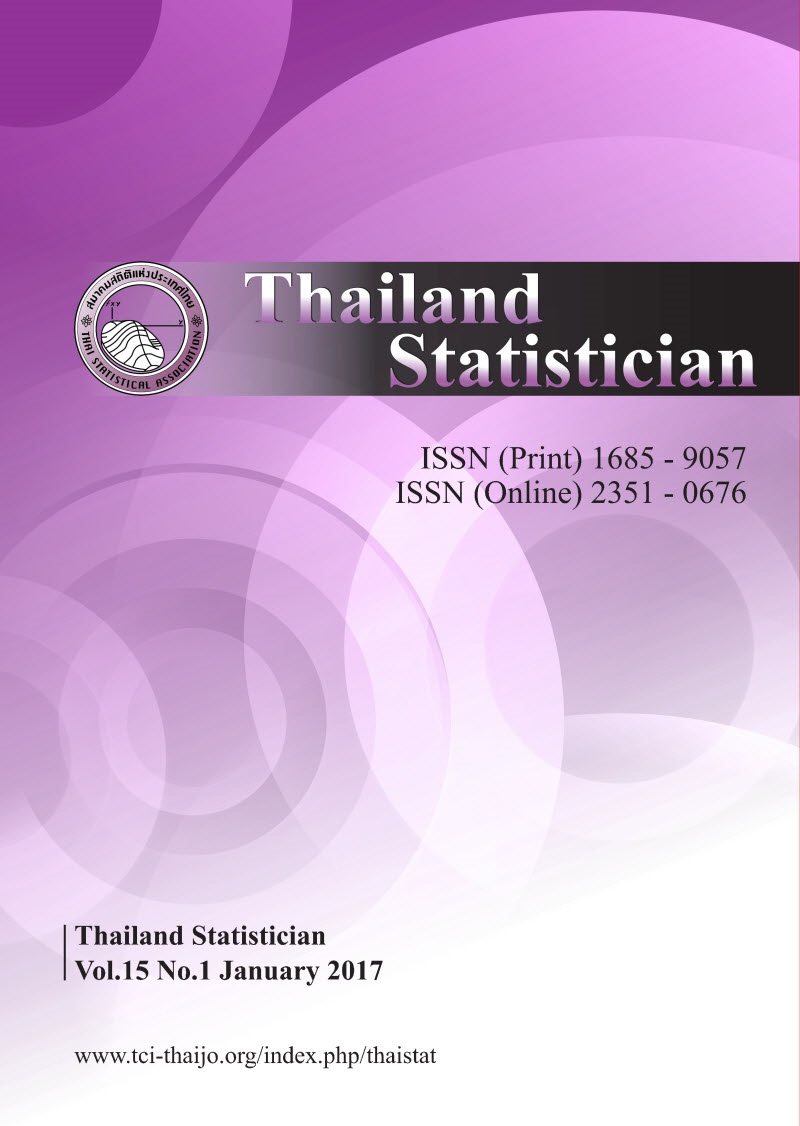A Case of Constant Returns to Scale in Fuzzy Stochastic Data Envelopment Analysis: Chance-Constrained Programming and Possibility Approach
Keywords:
chance-constrained programming, data envelopment analysis, possibility approach, possibility theoryAbstract
The fuzzy stochastic data envelopment analysis (FSDEA) model is a mathematical programming for estimating production frontiers and measuring the relative efficiencies of a set of homogenous decision making units (DMUs) that use multiple fuzzy random inputs to produce multiple fuzzy random outputs. Since the conventional data envelopment analysis (DEA) model is built based on linear programming (LP) concept, then exact (refer to as crisp in fuzzy terminology) and deterministic inputs and outputs are required. In this paper, the concept of chance-constrained programming (CC) and the possibility approach are proposed to confront randomness and vagueness in inputs and outputs. Since many DEA models are introduced by researchers, then the most basic DEA model in a case of constant return to scales (CRS), which is called an input-oriented CCR envelopment (DCCR-I) model, is focused in this paper. The result of two steps for transforming, the first one is to convert a fuzzy stochastic DCCR-I (FSDCCR-I) model to a fuzzy deterministic DCCR-I (FDDCCR-I) model by using both of the CC and the linearization approach, then both of the CC and the possibility approach are used convert the FDDCCR-I model into basic assumptions of traditional DEA concepts, referred as the crisp deterministic DCCR-I (CDDCCR-I) model.Downloads
How to Cite
Punyangarm, V., Yanpirat, P., Charnsethikul, P., & Lertworasirikul, S. (2015). A Case of Constant Returns to Scale in Fuzzy Stochastic Data Envelopment Analysis: Chance-Constrained Programming and Possibility Approach. Thailand Statistician, 6(1), 75–90. retrieved from https://ph02.tci-thaijo.org/index.php/thaistat/article/view/34343
Issue
Section
Articles




